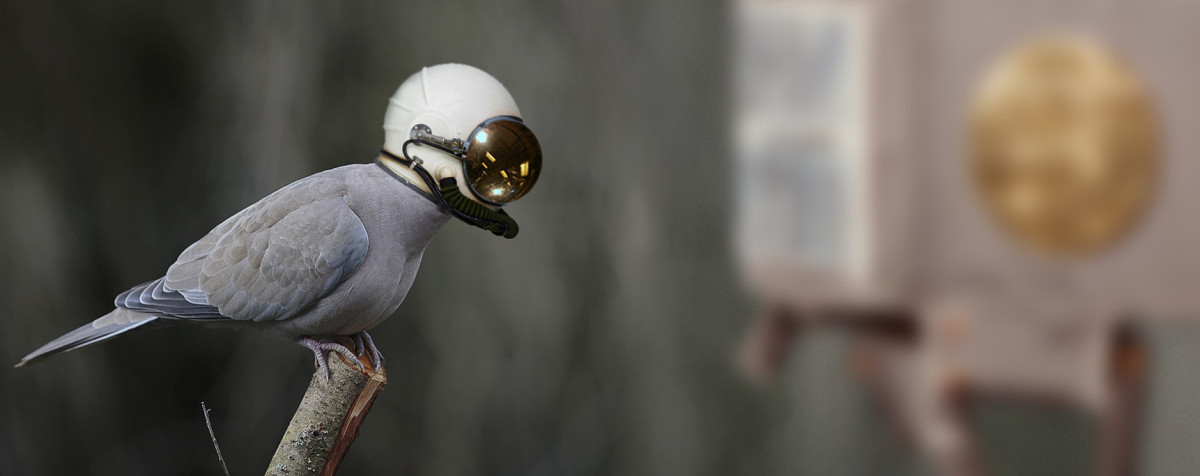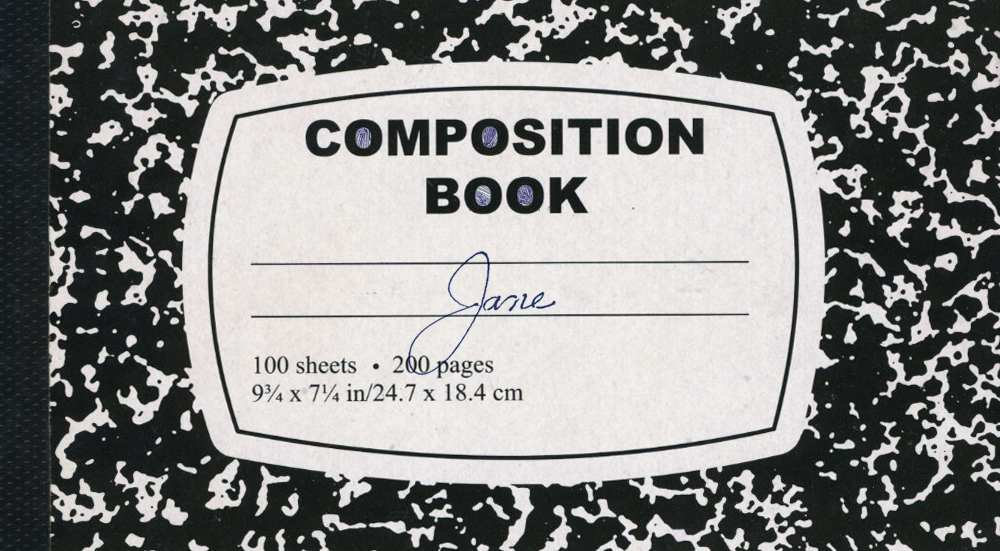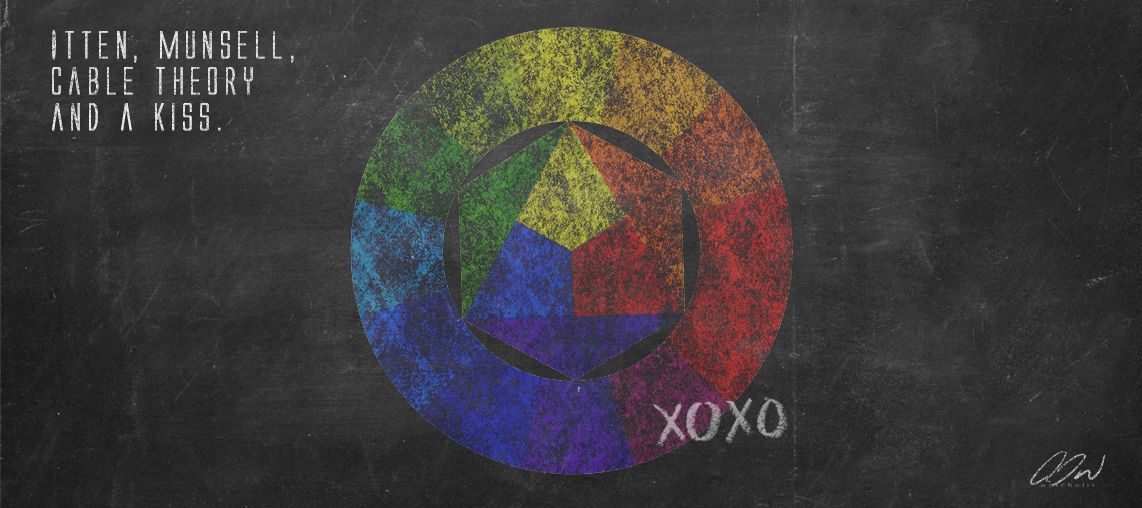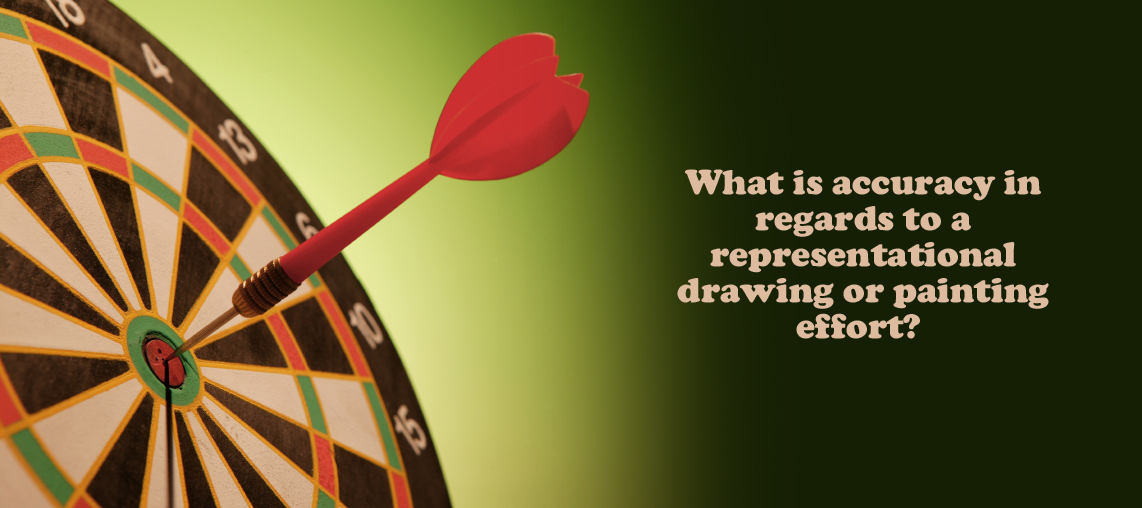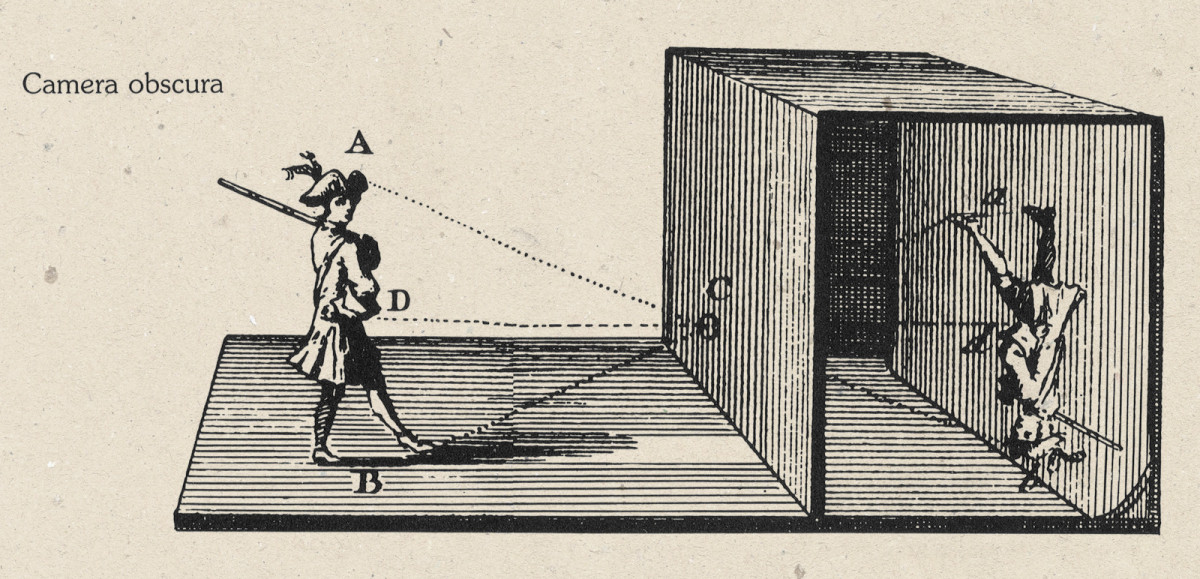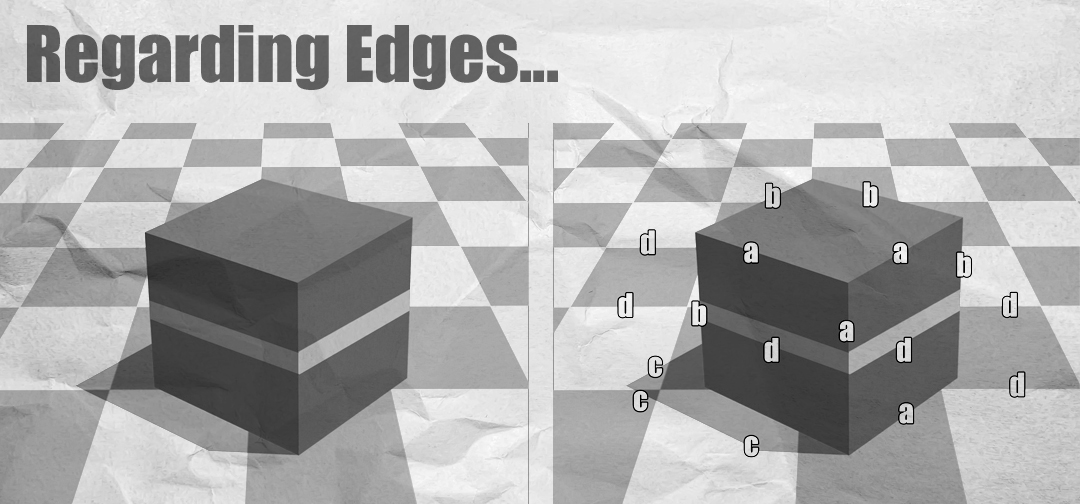Note: It is highly recommended that you read So What’s With Jane already? A Primer on Pictorial Composition. (Part I) before embarking on this installment. “One does not meet oneself until one catches the reflection from an eye other than human.” –Loren Eiseley Dr. Sagan responded to this challenge by assembling a team to create… Continue reading
“To the makers of music – all worlds, all times” A Primer on Pictorial Composition. (Part II)
